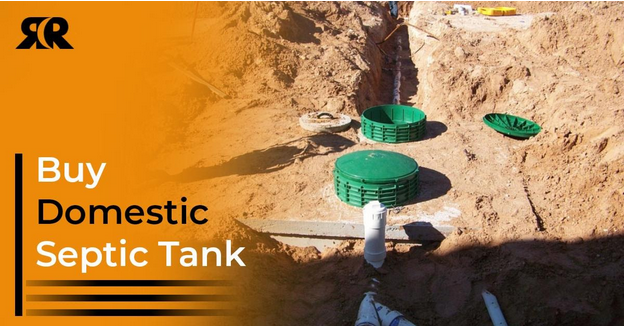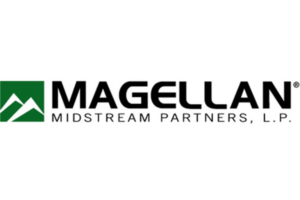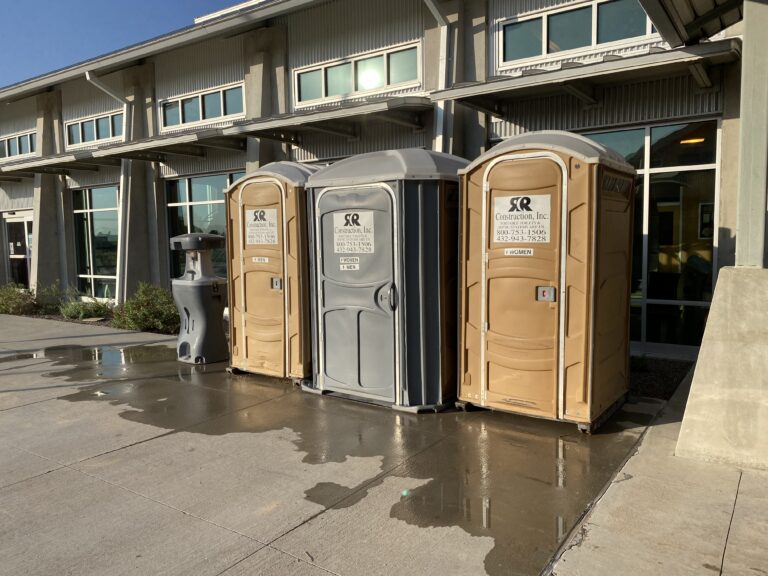Septic tanks are underground sedimentation tanks that cleanse wastewater via biological breakdown and discharge. A septic tank treats wastewater from residential plumbing such as bathrooms, kitchen drains, and laundry using natural processes and proven technology.
The design of a septic tank system is quite basic. It is a waterproof container constructed of fiberglass, plastic, or concrete that is buried underground. RR Waste & Septic manufactures their own concrete septic tanks. RR Waste & Septic found the concrete tanks provide superior strength and durability compared to plastic or fiberglass tanks.
Sludge and scum are prevented from leaving the tank and traveling into the drain field region by the compartments in a septic tank and a T-shaped exit.
Septic tank systems are a type of simple onsite sewage facility (OSSF) that merely treat the waste. These tanks are used to safely dispose of wastewater in residences with poor drainage or those that are not linked to the public sewage system.
Before you decide to buy a domestic septic tank, there are a few important things you should know.

#1. How Does A Septic Tank Function?
- Organic materials are digested in a septic tank, and floatable debris (such as oils and fats) and particles are separated from the wastewater.
- Two pipes are connected to a septic tank (for inlet and outlet).
- The input pipe collects water waste from the residence and transports it to the septic tank. It is held here for long enough for the solid and liquid waste to be separated.
- The exit pipe is the second pipe. It might also be referred to as the drain field. This pipe transports pre-treated effluent from the septic tank and distributes it evenly throughout the soil and waterways.
- After some time has passed, wastewater will begin to split into three layers.
- Oils and grease make up the upper layer, which floats above the waste. This is frequently known as “scum.”
- The wastewater and waste particles are contained in the middle layer.
- Sludge forms the third and bottom layer, which is made up of particles that are heavier than water.
- Bacteria in the tank work their best to break down the solid waste, allowing liquids to readily separate and drain away.
- What’s left at the bottom of the tank needs to be removed on a regular basis as part of routine maintenance.
#2. How Often Should You Empty Your Septic Tank?
In general, your septic tank should only need to be emptied every three to five years. However, the actual frequency will vary based on your usage and the number of people living in your home.
Your tank may need to be emptied more frequently if you have a larger family. A single-person household, on the other hand, may only need to empty its tank once every ten years.
Pumping out your septic tank on a regular basis is necessary for proper operation. A malfunctioning septic tank can cause major difficulties for your home, such as sewage backing up in your drains or sewage rising up from the ground around your tank outside.
#3. How long does a septic system last on average?
A septic system can last up to 40 years or more, which indicates that if you buy a new home, you may never need to repair it. You may, however, have an older home with a septic system that has been in place for nearly 50 years.
If you begin to notice difficulties with the system, and you find pumping it more regularly to keep it running smoothly, it may be time to start planning for a new septic system. If you don’t already know, it’s worth finding out how old your septic system is.
#4. What Can You Do to Keep Your Septic Tank in Good Condition?
- First and foremost, you must ensure that your septic tank is properly maintained and cared for in order to avoid overloading it. Keeping your tank in good shape necessitates conserving water.
- You should be aware of how many times you use your laundry machine per day, make sure you don’t leave any faucets running, and limit your time in the bath or shower to minimize and control your home’s water usage.
- Furthermore, cleaning your septic tank entails not flushing clog-causing things down the toilet. Chemicals, grease, and oil are all things that should be avoided.
RR Waste & Septic, Inc. – Your one-stop solution for septic system requirements
If you want to buy a domestic septic tank, you can count on the reliable team at
RR Waste & Septic, Inc. Every member of our staff has undergone extensive training and has a wealth of expertise. We also offer septic tank repair, pumping, and other maintenance services in addition to installation.
We have a license that allows us to work anywhere in Texas. Contact us at 432-943-7828 for your septic system requirements.









